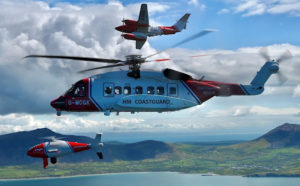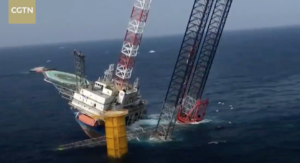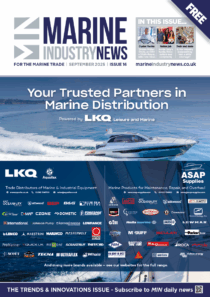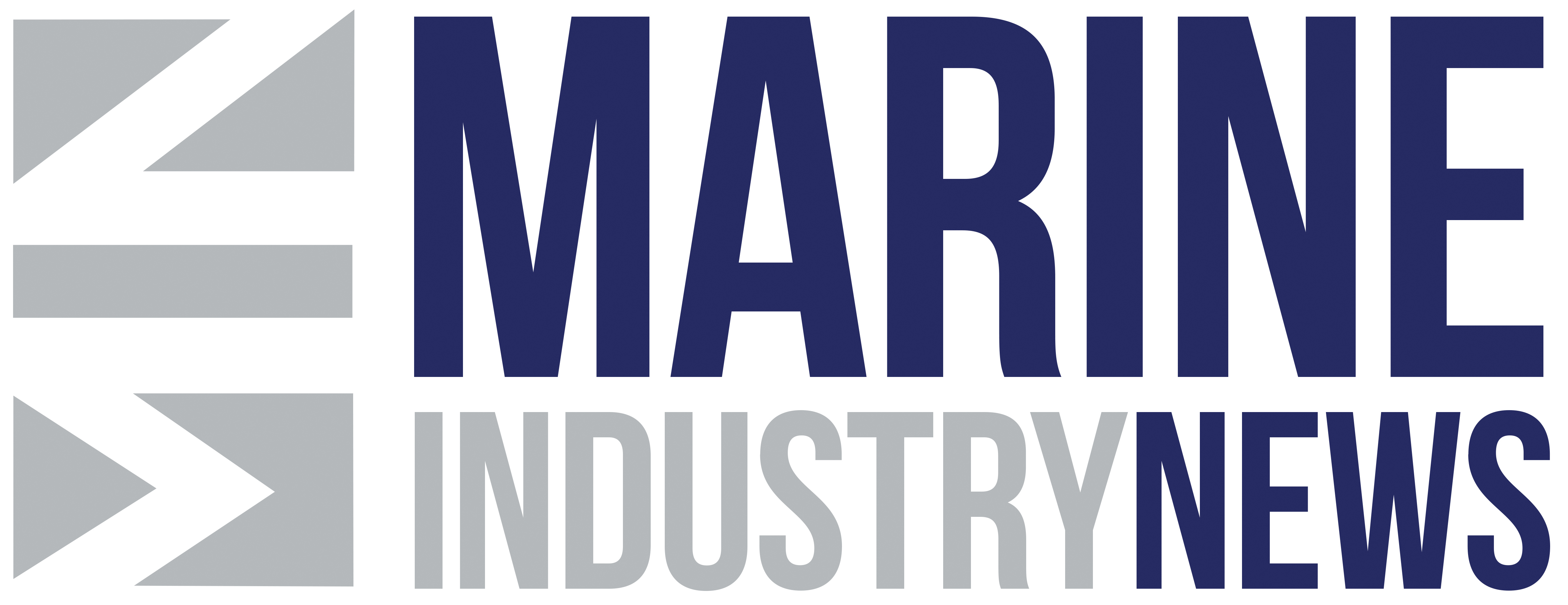Two new hybrid ships for Brittany Ferries’ UK-France operations
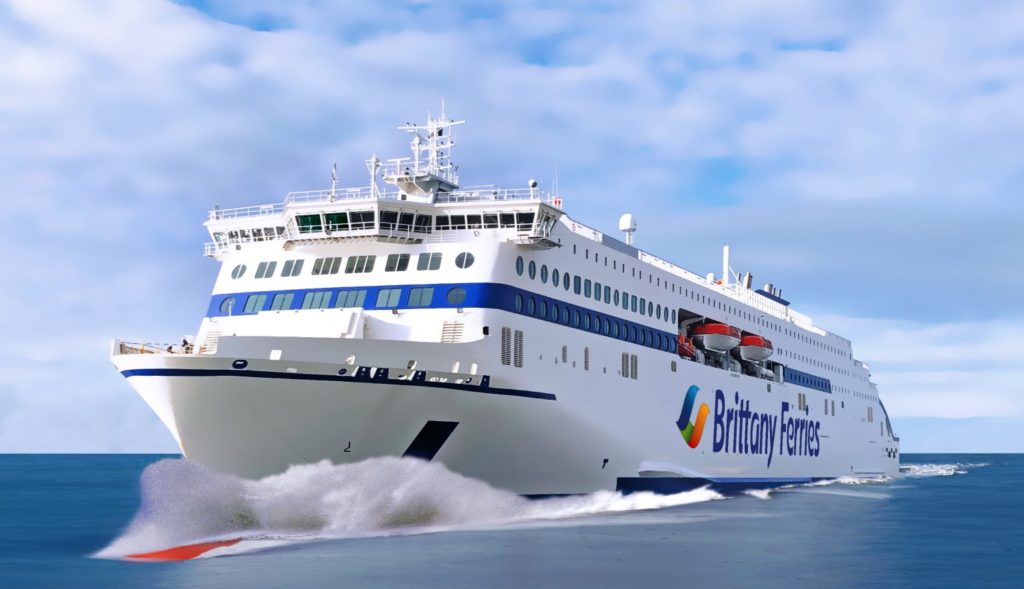
Two new hybrid LNG-electric ships are joining the Brittany Ferries fleet. They will arrive in 2024/2025 to serve routes connecting Portsmouth with St Malo and Caen.
The ships operate on the same principle as a hybrid car. At sea, they will be powered by cleaner LNG (liquefied natural gas) fuel. But, in a first on the English Channel, they will also operate partially or completely on battery power– for example when arriving and departing ports – and will be ready to plug in to shore-side power where this is available in ports. This will allow recharging of onboard batteries and power for systems like air conditioning, heating and lighting while at berth, cutting funnel emissions to zero.
As well as significantly cutting emissions, the company says the hybrids will deliver less noise, less vibration for passengers and will be a step towards future-proofing the company.
The vessels will follow the deployment of Salamanca in 2022 and Santoña in 2023, both of which will be fuelled by LNG ready to serve UK-Spain routes.
The UK-France ships will be chartered from Stena RoRo on a ten-year agreement, taking the place of craft Normandie and Bretagne.
The move is part of Brittany Ferries’ fleet renewal plan, one of the pillars of its five-year post-covid recovery strategy.
“Fleet renewal is not a choice for Brittany Ferries; it is an imperative to secure our future,” says Christophe Mathieu, CEO Brittany Ferries. “Our customers rightly demand cleaner, greener vessels and our port partners expect us to be good neighbours. Furthermore, we will certainly face tighter regulation in the years ahead. The future of our company depends upon our ability to rise to the challenge today, to prepare for tomorrow. That is why I am so proud to announce these new vessels.
“They bring with them a host of innovations just as Bretagne and Normandie did when they were launched. Both vessels have served us well and we are grateful for the support of the regions that bear their name. They are much loved by customers and crew, but now is the time for us to look to the future and to plan for a brighter future, even as we battle the crisis we face today.”
Each ship has been designed to suit the route on which it will operate, taking account of future trends in both passenger and freight traffic. The garage area will be larger, allowing for greater freight capacity and will be better adapted to accommodate the trend towards bigger cars and motorhomes.
Meanwhile in-voyage charging will be available for electric car drivers, allowing them to fuel-up en route, ready for their arrival in France.
The new vessels will offer greater cabin capacity and an improved mix of cabin types (including more pet-friendly cabins), increasing nighttime crossing options.

